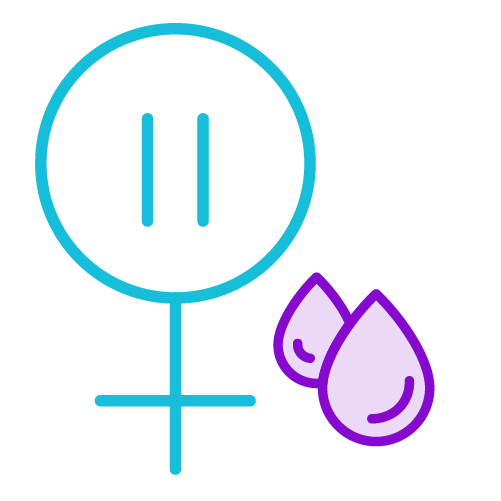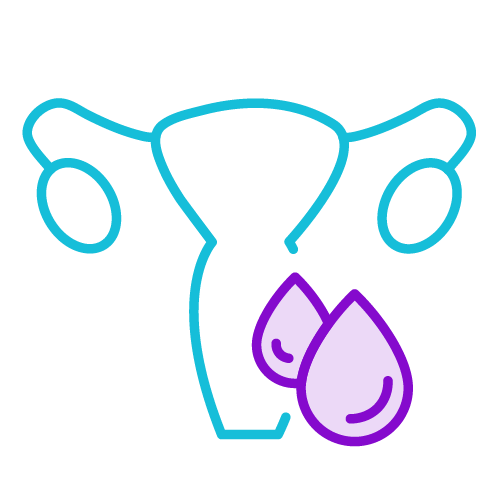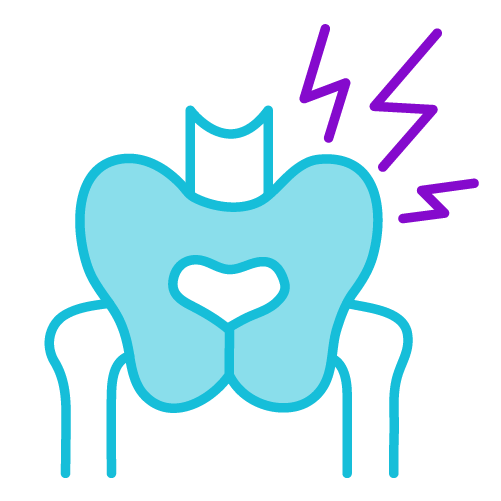What are HPV
and Cervical Cancer?


Cervical cancer is a type of anogenital cancer that occurs in the cervix, which is the lower end of the uterus. All sexually active women are at risk of cervical cancer, and almost all cervical cancer cases are caused by the human papillomavirus (HPV).1,2
After the first exposure to HPV, it may take 10-15 years for cervical cancer to develop.2 Before becoming cancerous, abnormal cells will begin to form in the cervix. If undetected, the abnormal cells then start to grow and spread, eventually leading to cervical cancer.1
As early-stage cervical cancer usually doesn’t show any symptoms, it can be hard to detect until after the cancer has spread.3 That’s why understanding the risk of cervical cancer is important.
For most people, HPV clears on its own. But for those who don’t clear the virus, it can cause certain cancers and diseases.
| Asia | ~ 351,720 new cervical cancer cases were diagnosed, and 199,902 deaths were reported in 20204 |
| Worldwide | Cervical cancer is the fourth most common female cancer worldwide, with an estimated 660,00 new cases and 350,000 deaths reported in 2022.2 |
By understanding your risk of HPV and cervical cancer, you can make informed decisions about HPV vaccination and regular cervical cancer screenings.
What is HPV?

HPV is the primary cause of cervical cancer. Almost all cases of cervical cancer can be attributed to HPV infection, with HPV types 16 and 18 accounting for about 70% of all cervical cancer cases.5
After HPV types 16 and 18, the 6 most common HPV types worldwide are types 31, 33, 35, 45, 52 and 58, which account for an additional 20% of cervical cancers.5
Most HPV infections, including the types that can cause cancer, may resolve on their own. But for some women, persistent infection may result in abnormal or cancerous cell changes in the cervix if it becomes chronic.6
HPV infections that last beyond 12 months will increase the likelihood of abnormal cell changes. If these abnormal changes are not detected early, they may develop into cervical cancer.7
Since HPV infections often have no symptoms, it can be hard to detect.1 At the same time, a negative HPV test may not mean that the infection has cleared either, as the virus can persist at a low level and potentially cause diseases later in life.8
For most people, HPV clears on its own. But for those who don’t clear the virus, it can cause certain cancers and diseases.
What are the symptoms of cervical cancer?
Early stages of cervical cancer usually do not show symptoms and the first signs of cervical cancer may take several years to develop.
However, when symptoms do occur, they may include9:

Vaginal bleeding
after sex

Vaginal bleeding after menopause

Having periods that are heavier or longer than normal

Vaginal discharge that is watery and has a strong odor

Vaginal discharge that contains blood

Pelvic pain or pain during sex
Advanced cervical cancer that has spread to other parts of the body may include the symptoms of early-stage cervical cancer, along with9:

Difficult or painful bowel movements

Bleeding from the rectum when having a bowel movement

Difficult or painful urination

Blood in the urine

Dull backache

Swelling of the legs

Pain in the abdomen

Feeling Tired
Understanding your risk of HPV can help you decide if you will benefit from regular cervical cancer screenings and detect any signs early.
